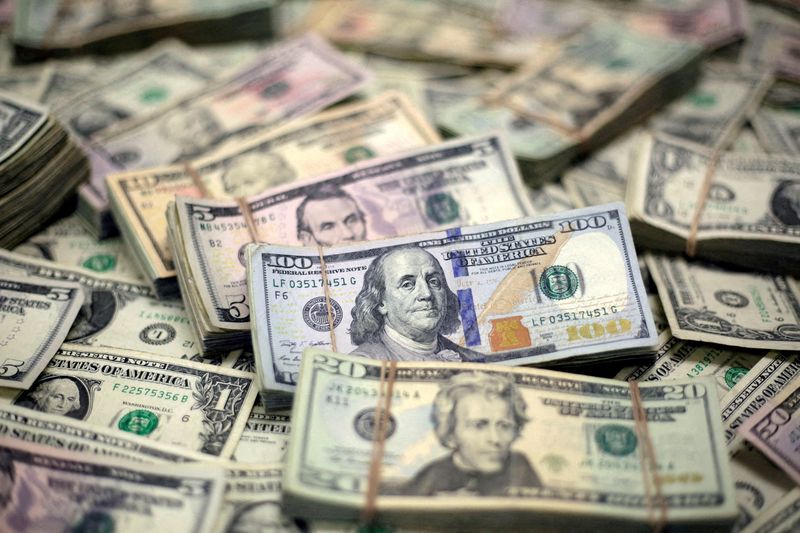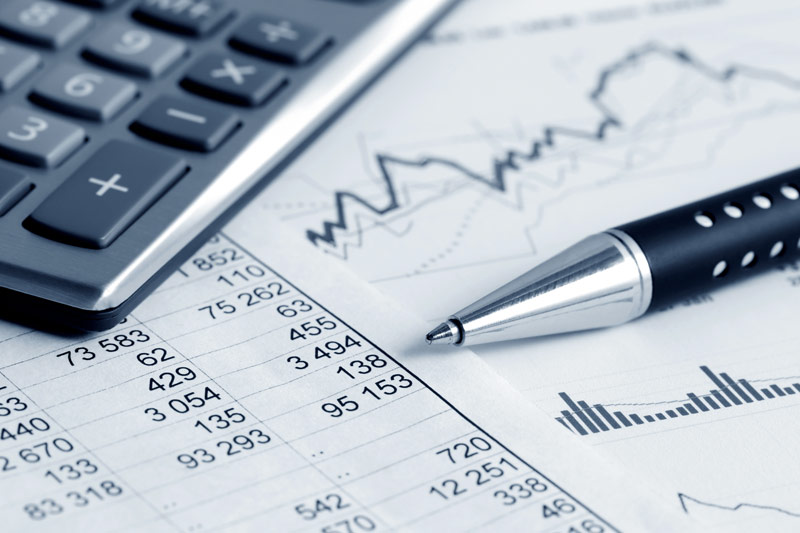By Chuck Mikolajczak
NEW YORK (Reuters) -The dollar climbed above 153 against the yen for the first time in almost three months on Wednesday, thanks to U.S. economic strength and an expected gap in the pace of interest rate cuts from major global central banks.
The dollar is on track for its 16th gain in 18 sessions and its fourth straight week of gains as a raft of positive economic data has dampened expectations about the size and speed of Federal Reserve rate cuts, pushing US Treasury yields higher increased.
The yield on US 10-year benchmark bonds rose 3.4 basis points (bps) to 4.24%, after hitting a three-month high of 4.26%. After falling for five consecutive months, the 10-year yield rose about 40 basis points in October.
Investors also positioned themselves in the run-up to the US presidential elections on November 5.
“We’ve gone from phase one to phase two, if you will. The first phase means the recovery is all about the US economy, the strong data we’ve put out over the past month or so… and this second phase could be all about politics,” said George Vessey, chief FX strategist at Convera in London.
“But the preference for a stronger dollar in the near term will likely be more of a potential Trump hedge from now on than the interest rate story which is arguably overblown, but that said, you continue to see rates rising.”
The , which measures the dollar against a basket of currencies, rose 0.32% to 104.43 after rising to 104.57, its highest level since July 30. The euro fell 0.18% to $1.0778, after falling to $1.076, the lowest level since July 3. 0.49% to $1.2919.
Recent comments from Fed officials have indicated that the central bank will take a gradual approach to cutting rates.
The central bank’s ‘Beige Book’, published on Wednesday, shows economic activity changed little between September and early October, while companies saw a jump in hiring, continuing recent trends that have boosted expectations that the Fed will settle for a smaller rate cut of 25 basis points at its November meeting.
According to CME’s FedWatch Tool, markets estimate an 88.9% chance of a 25 basis point cut at the Fed’s November meeting, while the chance of the central bank holding rates steady is 11.1%. The market had fully priced in a cut of at least 25 basis points a month ago, with a 53% chance of a 50 basis point cut.
The upcoming US presidential election also continues to drive currency movements as market expectations have increased in recent days for a victory by Republican presidential candidate and former President Donald Trump, which would likely lead to inflationary policies such as tariffs.
The Bank of Canada cut its key interest rate by 50 basis points to 3.75% on Wednesday, as widely expected by the market. era of low inflation. The Canadian dollar was 0.14% weaker against the greenback to 1.38 per dollar.
Christine Lagarde, president of the European Central Bank (ECB), said on Wednesday that the central bank will have to be cautious in deciding on further interest rate cuts and rely on incoming data.
In addition, ECB chief economist Philip Lane said the recent stream of relatively weak data on the eurozone economy has raised questions about the bloc’s prospects, but the European Central Bank still expects the recovery to hold.
Against the Japanese yen, the dollar strengthened 0.99% to 152.56, on track for the biggest percentage gain since October 4, after rising to 153.18, the highest level since July 31, when the Bank whether Japan raised interest rates to the highest level since 2007. .

Japan will hold general elections on October 27. Recent opinion polls indicated that the ruling Liberal Democratic Party could lose its majority with coalition partner Komeito.
The risk of a minority coalition government has raised the prospect of political instability, complicating the Bank of Japan’s efforts to reduce reliance on monetary stimulus.


